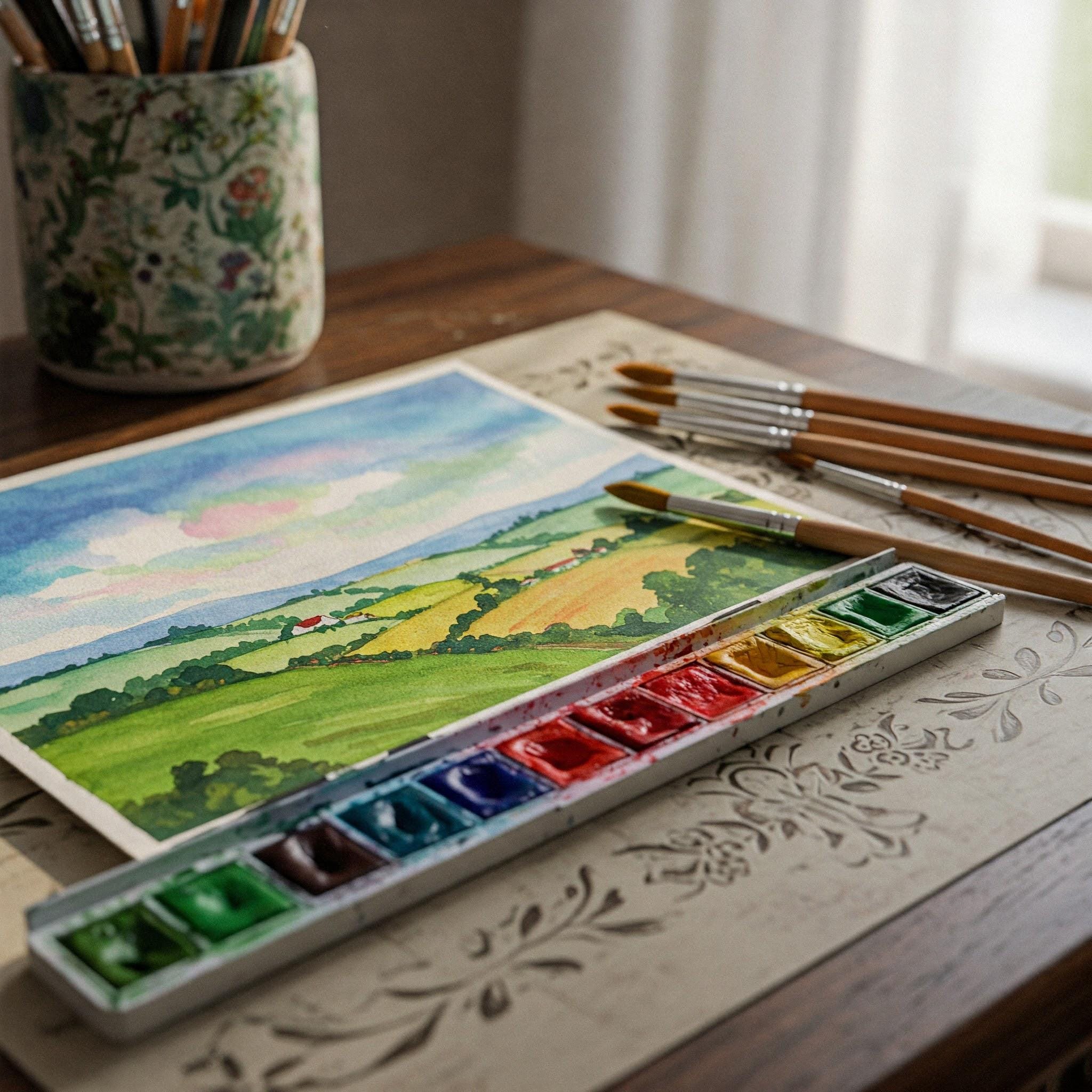Color is truly one of the most powerful tools an artist has, able to evoke deep emotions, set entire moods, and turn everyday scenes into something extraordinary. From the fiery vibrancy of a sunset to the subtle quiet of a monochromatic painting, how color is used plays a crucial role in shaping how we see the world around us.
In art, color is so much more than just a visual element—it's a language all its own. It can convey complex ideas and emotions without needing a single word. Each color carries its own symbolism and cultural significance, influencing how we interpret and respond to the images we see. Take red, for instance; its warmth can evoke feelings of passion and intensity. In contrast, the coolness of blue might inspire a sense of calm and tranquility.
But the power of color goes beyond just looking good. It can also have a profound impact on our psychological and physiological well-being. Studies have shown that exposure to certain colors can actually affect our mood, energy levels, and even our appetite. For example, green is often linked with nature and growth, making it a popular choice for creating spaces that encourage relaxation and renewal.
As artists, understanding the psychology of color allows us to harness its power and use it to our advantage. Whether we're painting a sweeping landscape, composing a photograph, or designing a graphic, the strategic use of color can truly enhance the impact of our work and forge deeper connections with our audience.
Ultimately, color is more than just something we see. It's a dynamic force that shapes our experiences and enriches our lives in countless ways. So, the next time you find yourself lost in a work of art, take a moment to truly appreciate the profound power of color and the impact it has on our world.

